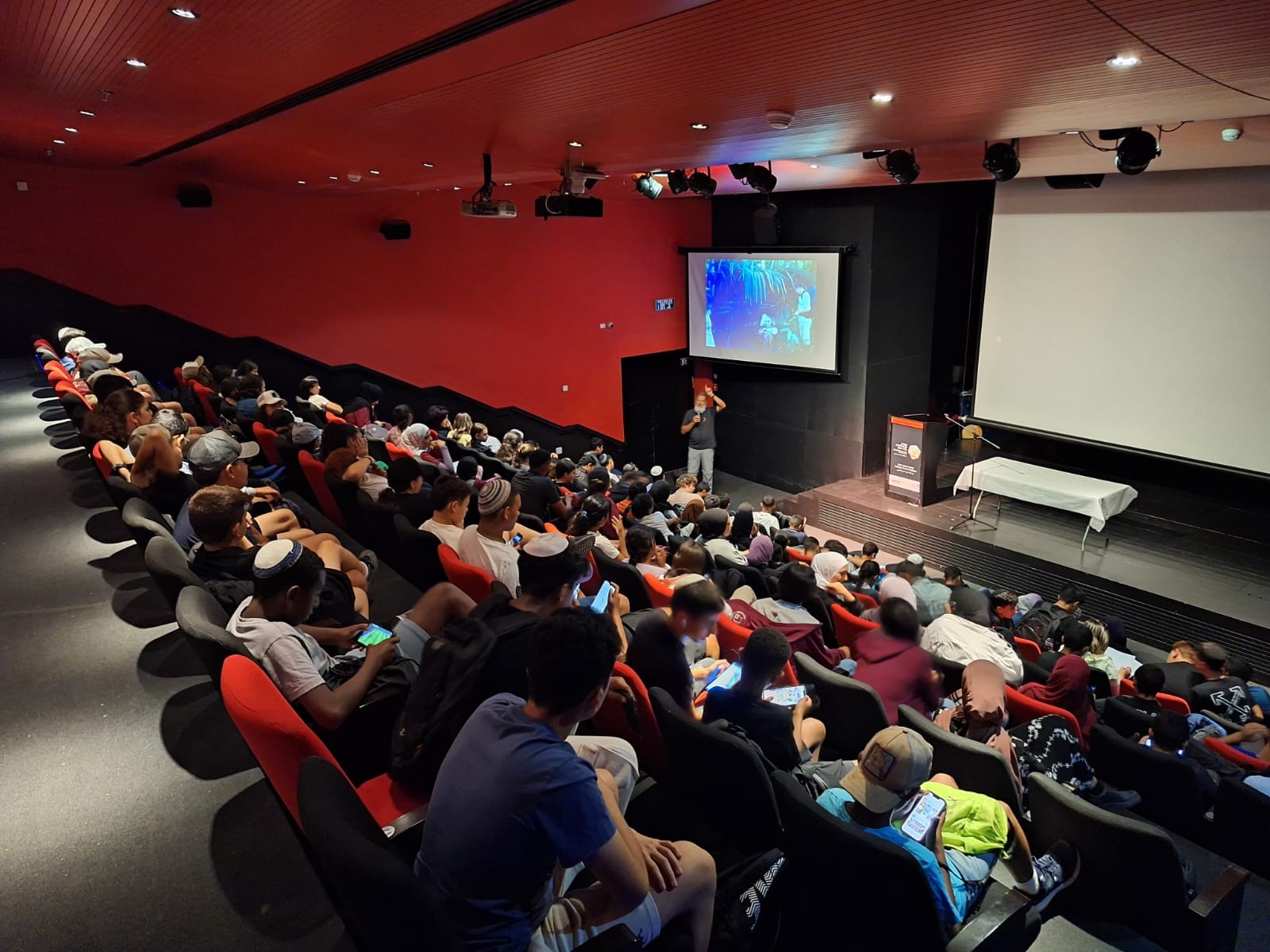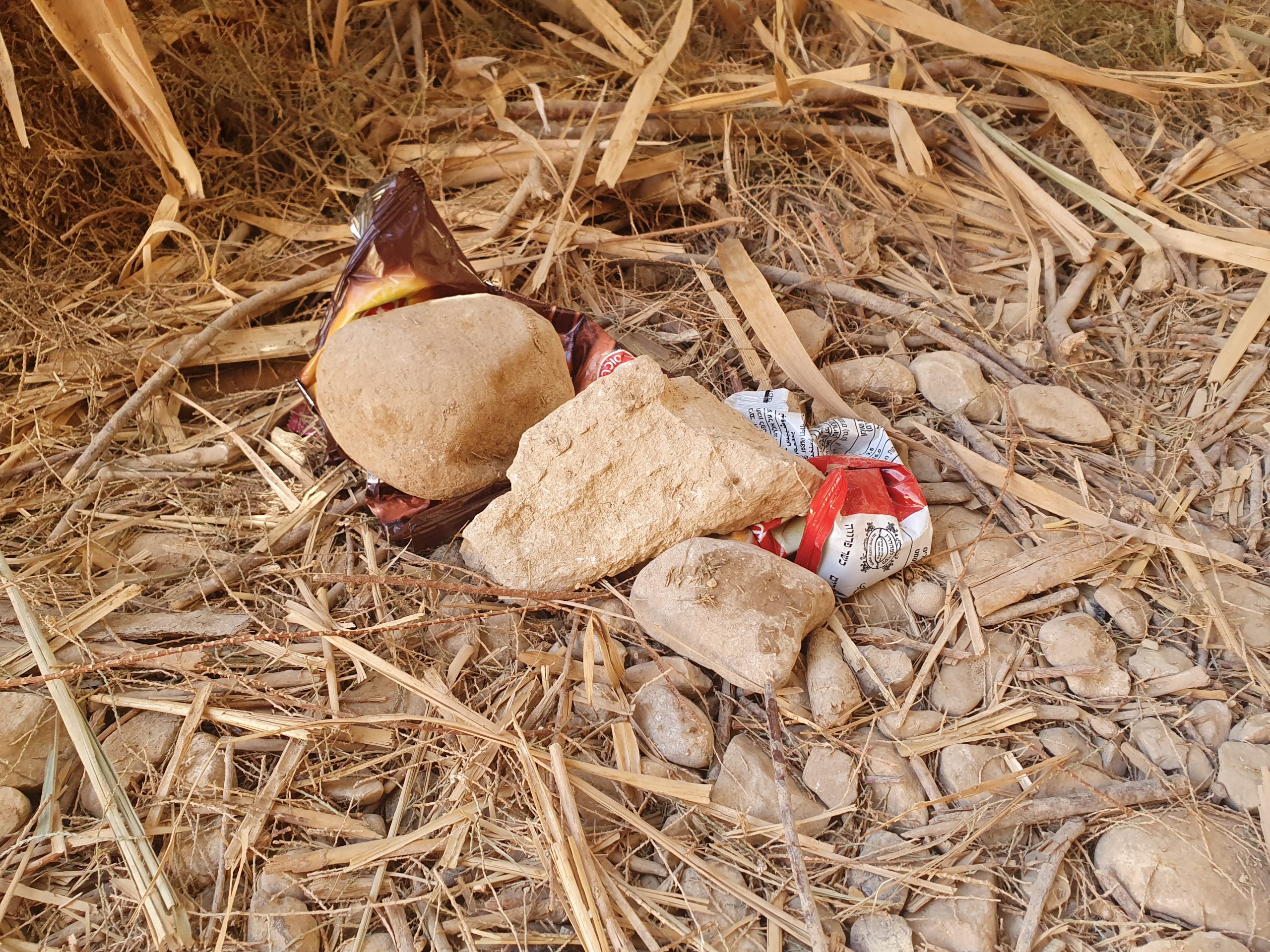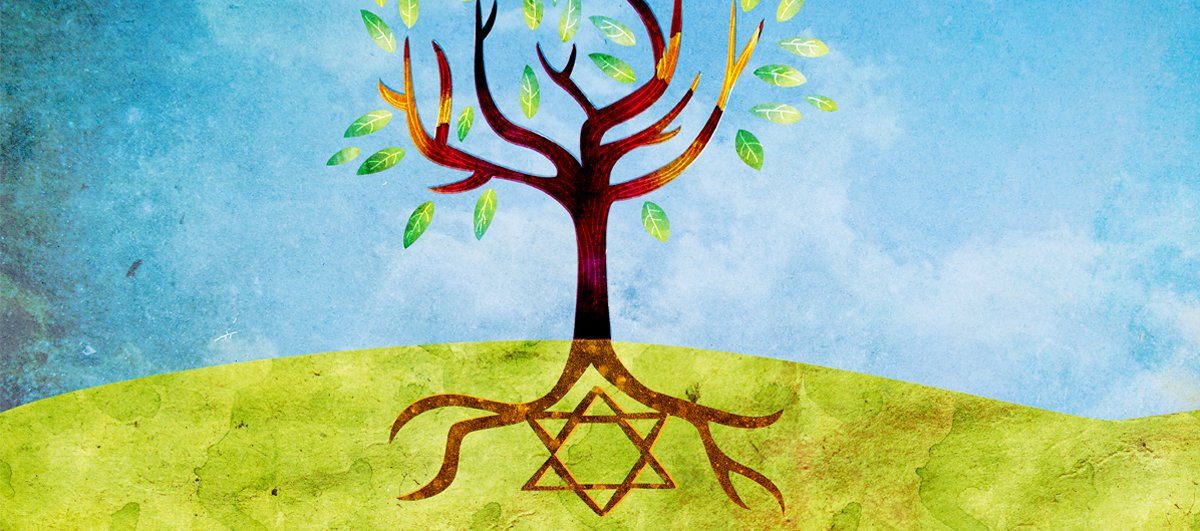City animals: nuisance or neighbors?
April 12, 2020With cities attracting more people every year, tolerance for urban animal life is in question. An audio tour project created by an Israeli researcher is shifting perspectives
Global urban development is at an all-time high, and with that comes the loss of biodiversity, habitat degradation, and the increased frequency of deforestation practices. According to the World Bank, the planet experienced a loss of 1.3 million square kilometers (502,000 square miles) of forest between 1990 and 2016. With this continuing trend of replacing the natural environment with an artificial one, animal populations hang in the balance, and many relocate and integrate themselves into the encroaching urban landscape, upon which many species are completely reliant. Their inevitable encounters with people are traditionally met with disdain and are treated as such.
However, a team of researchers has designed a project that bridges the relationship-gap between humans and city-dependent animals to transform feelings of disgust to feelings of acceptance.
The Synanthrope from New York to Tel Aviv
Created by interdisciplinary artist and researcher Gal Nissim and software designer and developer Jessica Scott-Dutcher, the Synanthrope Preserve Project is comprised of a collection of immersive audio experiences. It connects and explores the often-overlooked relationship dynamics between people who live in urban-dominated areas and the synanthropic creatures who benefit from living in those artificial habitats.
So far, Nissim’s art and science blended work has been largely focused in New York City where there are already three different synanthropic experiences in which one can participate: “The Blue Pigeon” in Washington Square Park which explores pigeons, “The Washing Bear” in Central Park which involves raccoons, and “The First to Cross” in Tompkins Square Park which focuses on rats. Now, Nissim’s work is expanding to include an audio tour that considers the history and present-day status of the jackal population at the Yarkon Park in Tel Aviv.
Set to launch in 2021, the Golden Howl experience will provide participants with an in-depth look at the simultaneous evolution of the park itself from the mid-20th century alongside the state of the jackal population during that time.
As a result, this will hopefully yield a greater understanding among city folk concerning the life histories of these creatures, and perhaps diminish any negative perceptions towards them. Although the structure of the tour is still in development, it will, in its own unique way, mirror the themes in the preceding audio tours with the intent to shift people’s perspectives and preconceived notions towards urban animal life.
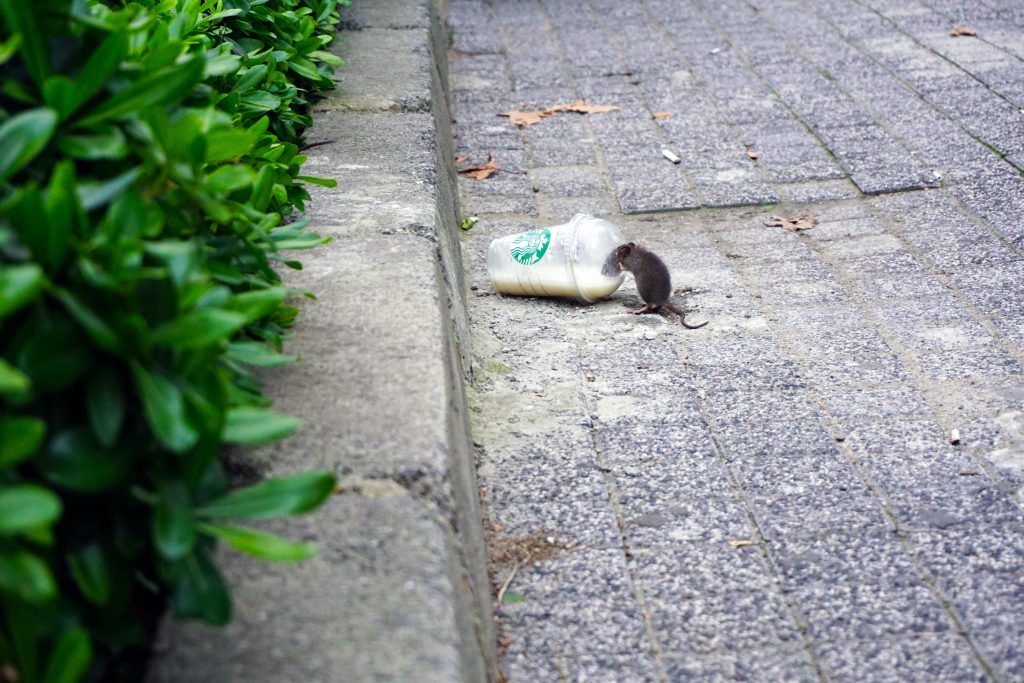
Changing Perceptions
From the Greek term, synanthropos, which literally translates to “together with man,” ‘synanthrope’ refers to a member of an animal species that lives in proximity to human beings and benefits from the artificial habitats people assemble around themselves.
But regardless of the terminology, with urbanization only expanding, the number of instances of animals taking shelter within the city landscape is increasing. This kind of phenomenon has been occurring for so long that some animals have become utterly dependent on cities to thrive, suggesting that urban areas can function as ecosystems just as naturally occurring ones.
However, the perceptions of these synanthropic animals like rats, raccoons, and pigeons are usually negative and are frequently treated lethally as a knee-jerk reaction. But as Nissim describes it, lethal methods of controlling species that are considered pests tend to create a chain reaction that inadvertently affects other animals that are not seen as pests. “At the beginning, New York City started using poison to kill rats, but then the urban hawks started dying from eating the poisoned rats,” she says. While the city learned from its mistake and corrected it by employing a more contained method in the form of administering suffocation through the use of dry ice, Nissim sought for a more harmonious alternative.
Having an eye for the permeating elements of nature that are often overlooked, Nissim collaborated with colleagues from NYU’s Telecommunications program to create the Synanthrope Preserve Project with the intention of raising questions and awareness for the things that we as a society take for granted – in this case, common city animals. The audio tours are meant to identify the disconnect that exists between human beings and animals and showcase the gravity human consumption behaviors have on perpetuating their imposition onto us. Nissim’s project aims at shifting people’s perspectives towards these creatures from harsh and neglectful to more considerate in order to enable opportunities for engaging learning and understanding so that perhaps people can augment their actions to better coexist with them.
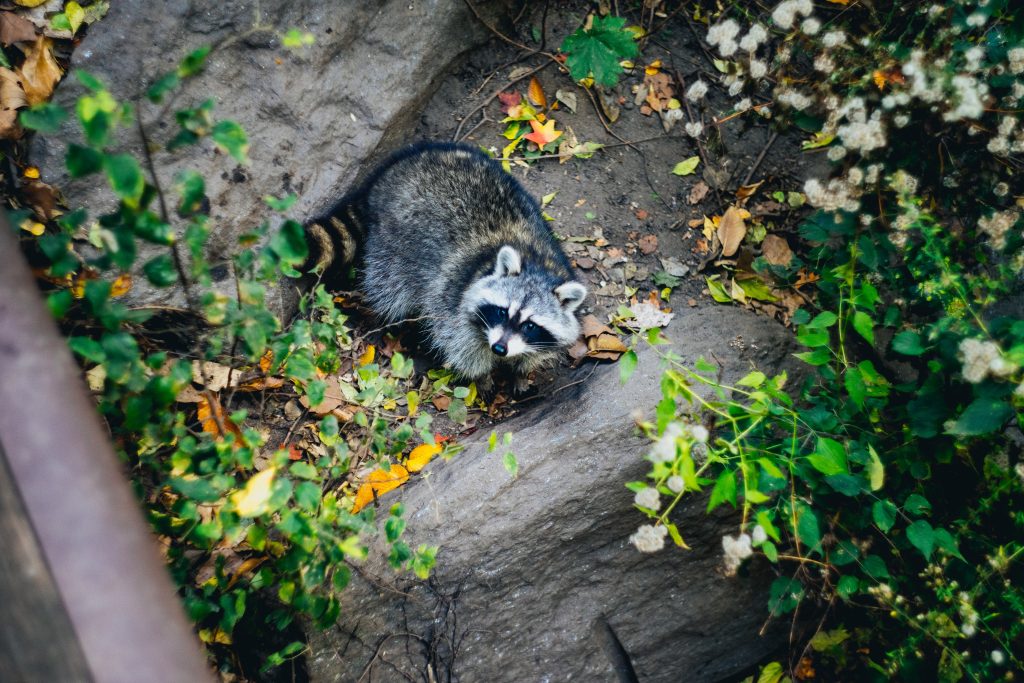
“Choose-your-own-adventure”
Each of the three self-guided audio tours operating in New York City that are about 30 minutes long have their own web app that can be accessed through one’s phone. All three describe the life histories of the particular animal and how they have adapted to their urban niches over time. And not all are structured the same.
For instance, The First to Cross experience that explores rats in Tompkins Square Park is a “choose-your-own-adventure style” tour where you can learn something different depending on which direction you want to take. “The idea was to create a conversation – having people coming in a group and then splitting up. At the end, I saw that people were talking and sharing which parts they heard with each other and discussing what they had learned,” says Nissim. In this way, participants can become their own guides for others, thus spreading awareness and the knowledge a degree further. The other audio tours are structured more linearly.
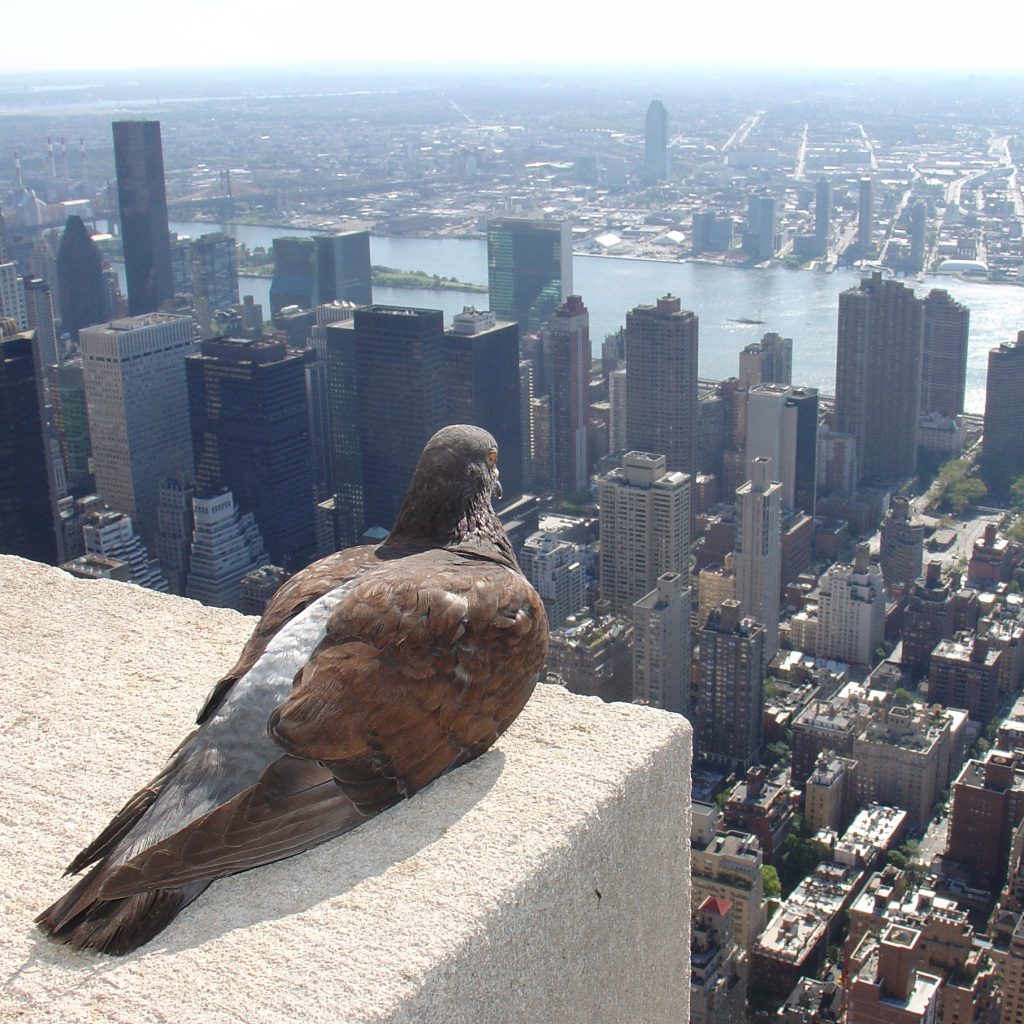
Reactions and Future Possibilities
While rats in New York City are invasive species and are usually associated with feelings of disgust, jackals are indigenous to Israel and the surrounding region and, more so, yield feelings of mild fear because they are more often heard than seen. The Golden Howl experience will allow people the opportunity to better understand jackals as residents of Tel Aviv, why their presence and our shared coexistence is important, and what can be done to share the habitat safely and equitably.
Reactions to the Synanthrope audio tours have been overwhelmingly positive thus far. Some people have even compared the experience to a safari. “For me, it was very astonishing to see how many people in New York were excited to see rats, which is usually not the case,” explains Nissim. One participant told Nissim that he was able to forget about his smartphone for a whole hour, which is quite a feat in the 21st century.
“Their phone is how they ‘experience experiences’, so this is what the audio does for you instead.”
“As for the future of the Synanthrope Preserve Project, it has the potential to go anywhere practically,” Nissim says.
“The fun thing about it is that it is infinite. I’d be happy to do something about bats and crows. In New York City there are seagulls. And I see more and more animals that are being pushed into the urban space that are actually becoming more successful than their rural counterparts like peregrine falcons,” she concludes
This ZAVIT article was also published in Israel21c on 04/12/2020.
